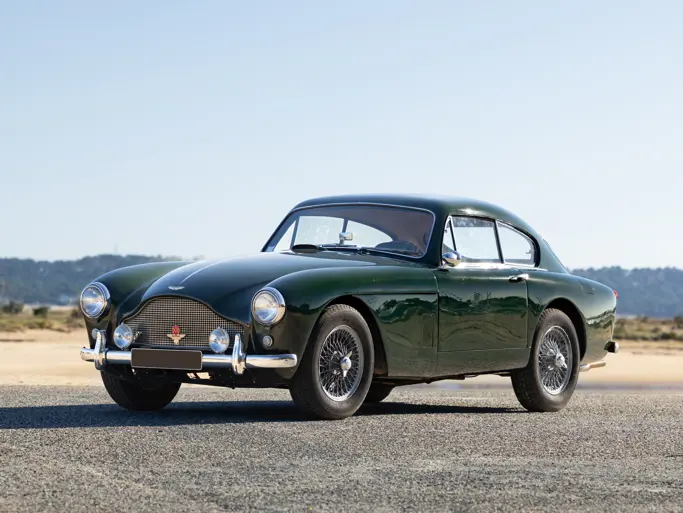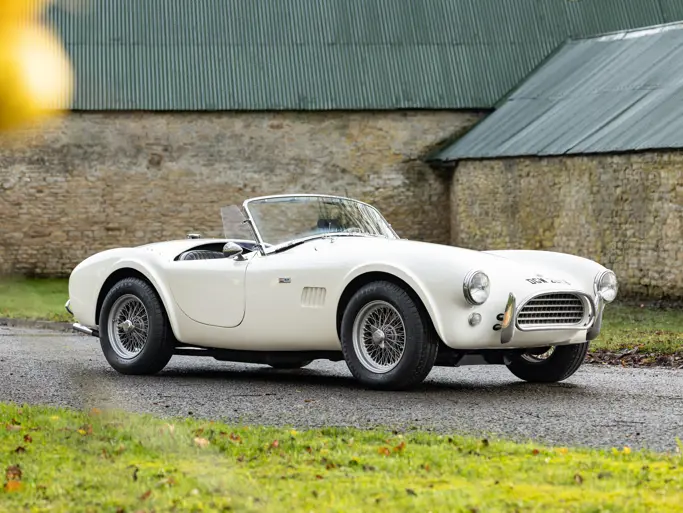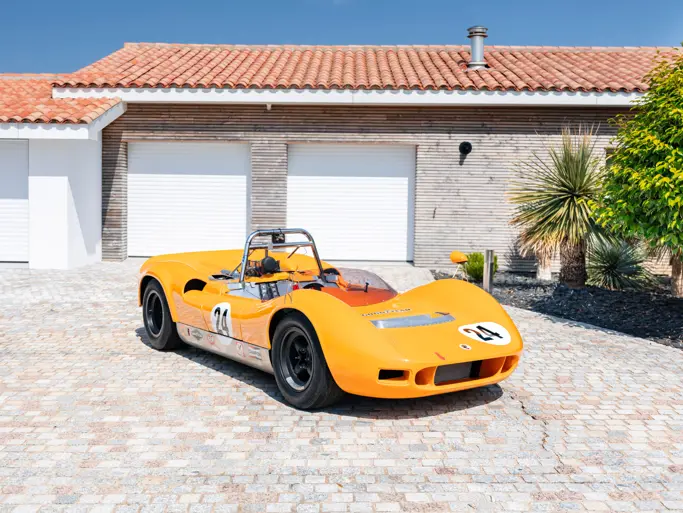Unveiled at the Geneva Motor Show in 1961, the E-Type created a lasting impression. It possessed the three most important attributes a car enthusiast could desire: blistering performance, stunning beauty and a relatively affordable price tag. The E-Type was capable of 150-mph, faster than most Ferraris at the time, yet it carried a price tag one third that of its competitors from the Italian marque. Sacrificing nothing to the Italians, the XKE had looks to die for, with sweeping lines and an aggressive yet undeniably sensual stance.
First outfitted with a 3.8-liter six-cylinder engine with dual overhead cams and three SU carburetors producing 265 horsepower, in 1964, the 3.8-liter unit was replaced with a 4.2- liter six-cylinder engine. While rated horsepower remained the same, the longer stroke 4.2-liter engine provided a meaningful increase in torque. It also acquired a much-needed fully synchronized gearbox.
Jaguar had taken what it learned on the track and applied it to the E-Type. The monocoque passenger compartment, tube-framed engine bay and tilting, “clamshell” hood clearly came from the D-Type. The E-Type also had four-wheel Dunlop disc brakes, with the rear discs fitted next to the differential to reduce unsprung weight and, most importantly, it had a fully independent suspension at all four wheels.
To the uninitiated, the arrogant lines of the then-new Jaguar XK-E may appear to be merely a tangible expression of aesthetic design. But, to the knowledgeable, each sweep and curve of the E-Types monocoque body construction represents far more important automotive benefits.
Monocoque construction was not new. Neither was it unique. The principle was long been applied to the construction of aircraft, in an attempt to combine the greatest possible structural strength with the lightest possible weight. When a flat sheet of metal is fastened over a frame, there is bound to be some surface flexibility. Curve the metal and you reduce this to a marked degree. Stretch the metal as you curve it and you gain almost unbelievable strength and rigidity.
As applied to the Jaguar XK-E, this resulted in an exceptionally good power-to-weight ratio, plus a body that takes severe stresses without strain…. a swift, unyielding shell which will not twist or turn, shiver or shake. Furthermore, body construction of this type enables the suspension system to do its work the way it should, without fighting a lurching, yawing mass of metal. Such a body, in turn, delivers a ride that is amazingly smooth and tremendously stable. Steering, too, benefits – in that the E-Type goes exactly where it is “aimed”: smoothly, certainly, inspiring complete confidence on the part of the driver.
Many consider the 1967 E-Type Series I to be the most refined automobile of the entire XKE production run; the restored example presented here is blue and blue interior. It is reported to be driven by its correct drivetrain, and the colors represent the original appearance. The Jaguar also features chrome wire wheels with knock-off hubs, power four-wheel disc brakes, sunvisors, blue tonneau cover and it is accompanied by its Heritage Certificate.
To an untutored observer, the excitement that is the Jaguar E-Type very likely begins and ends with a single glance at the long, lithe lines of this dramatic motorcar. But the astute autophile realizes that total appreciation requires, among other things, an appraisal of the mighty heart that beats within the XK-E. Being a Series I roadster with covered headlights and the larger 4.2-liter engine, this is a very desirable E-Type that offers its next owner elegance, grace and open air motoring at its best.

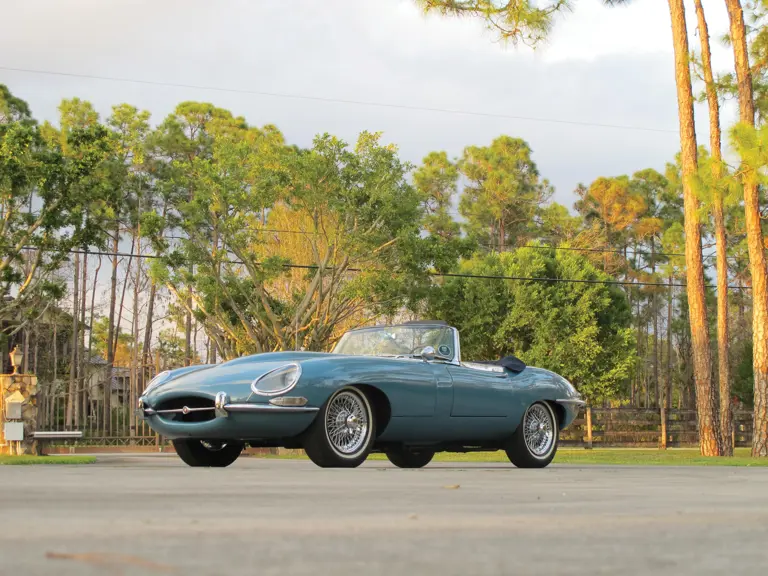
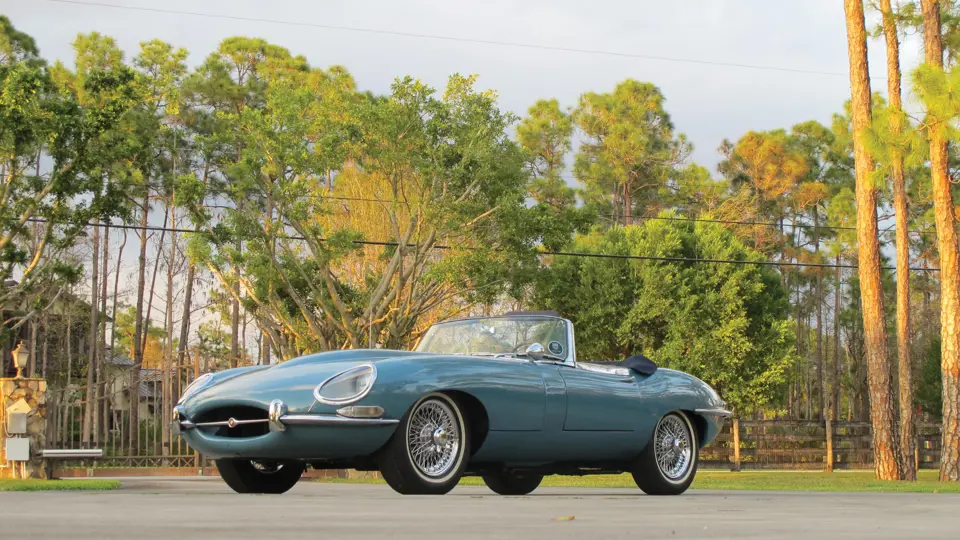
 | Fort Lauderdale, Florida
| Fort Lauderdale, Florida
